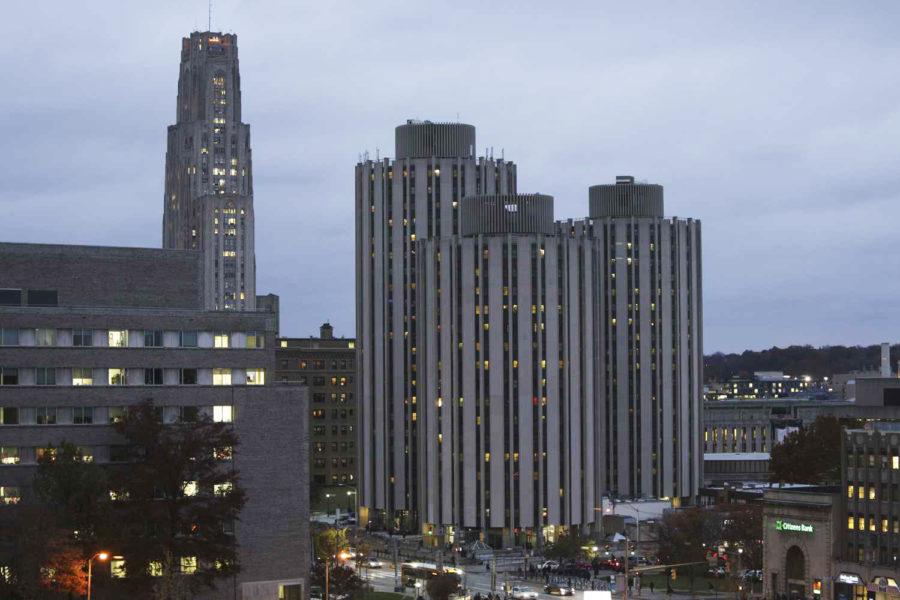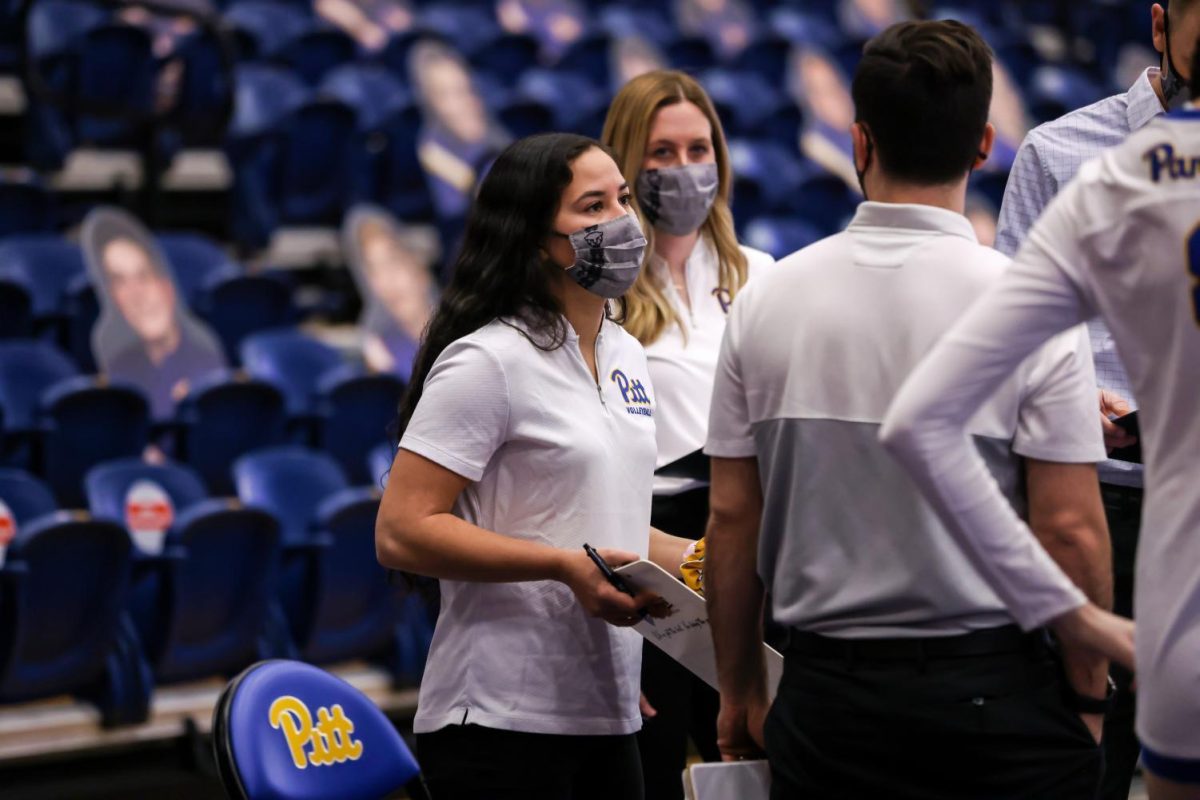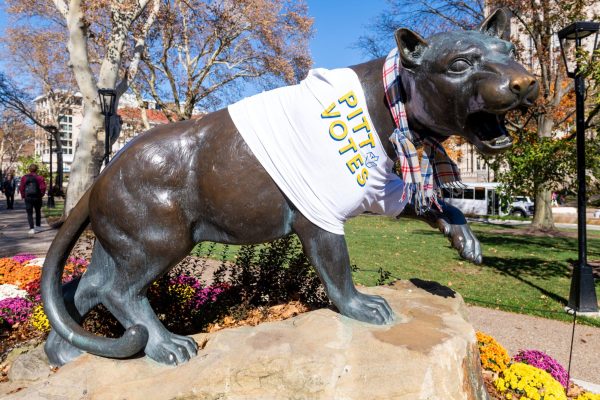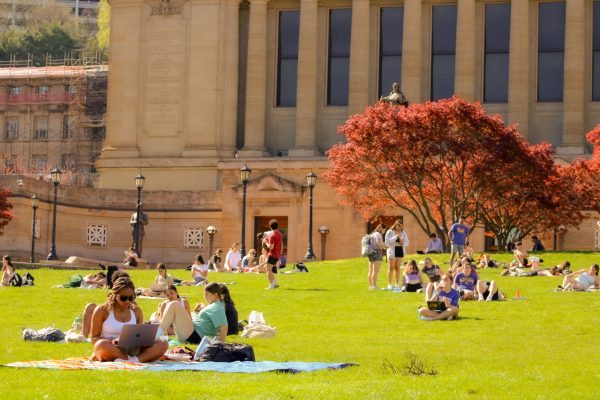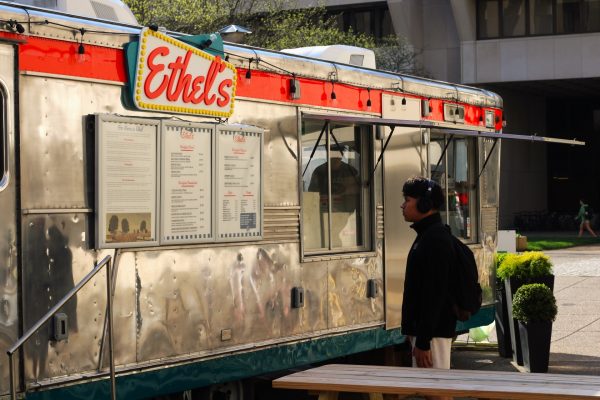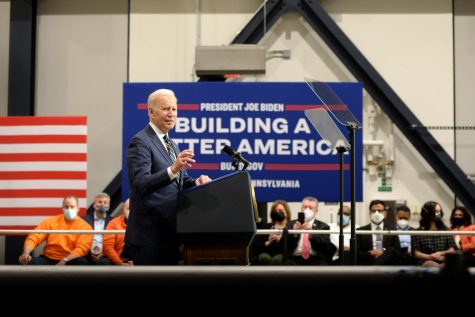Editorial: Campus Master Plan requires strong community involvement
October 2, 2018
At a time when companies like Facebook, Amazon and Google hold Pittsburgh’s developmental fate in their hands, Pitt is also looking to the future and proposing ambitious developments of its own. On Friday, the University released a draft of the Campus Master Plan, which will attempt to create more housing and academic buildings as well as reroute transportation across campus.
A project of this magnitude, which is projected to take 30 years to complete, is a massive undertaking that requires a continued dialogue between the University and both students and the Oakland community. Those who will be affected by new developments in the area must speak out about how the proposed changes will affect them and their neighborhoods.
For more than a year, about 8,700 students, faculty and community members have contributed to the development of the Campus Master Plan over 40 listening sessions with local organizations and 20 interviews with Chancellor Gallagher and various leadership teams. This is a good start to such an extensive project, but it’s only the beginning.
The plan proposes updated housing on upper and lower campuses as well as updates to Litchfield Towers.
In preparation for future development by UPMC, specifically the new UPMC Heart and Transplant Hospital, the plan proposes to redevelop and connect Lothrop Hall and Falk Clinic, which would further connect nursing students living in Lothrop to the place they do their studies.
The Master Plan also proposes “an athletic-oriented neighborhood” on upper campus that “promotes fitness and organized sports.” This would involve improvements to the Petersen Events Center and Trees Hall, an expansion of the Petersen Sports Complex and the creation of a Human Performance Center and a 400-meter outdoor track.
Transportation is also an intended focus of the plan. It aims to “enhance pedestrian and biking experience” as well as “provide convenient visitor and event parking.” Bigelow Boulevard will get mid-block crossing improvements and the landscape will be revamped on Bigelow and Forbes Avenue.
These goals are extensive and will definitely change the campus and surrounding neighborhoods. However, the University maintains that the plan can handle changes to the area over the next 30 years.
“A good campus plan builds in flexibility, so that it can accommodate shifting academic priorities and economic conditions,” according to Pitt spokesperson Joe Miksch.
This flexibility, however, cannot be realized without constant community input on how developments affect and continue to affect their lives. Earlier this year, the Student Government Board presented a draft of the plan for students to comment on. Many raised concerns that it emphasized athletics more than the arts. These forums are the perfect opportunity to air these complaints, and they should continue to add to the dialogue surrounding the proposals.
Five public meetings on Oct. 8 and 9 are slated to allow students, faculty, staff, student government and the community to discuss the plan. For Pitt to leave a lasting, positive mark on the area, meetings like these will be crucial.


